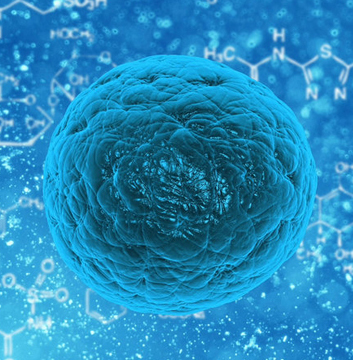
One of the most worrying aspects of starting any kind of cancer treatment is knowing that it may cause hair follicles to die as the treatment attacks both healthy and cancerous cells.
Around two-thirds of people undergoing chemotherapy will experience drug-induced hair loss, which is usually temporary and completely reversible when therapy ends.
Nearly half of all female cancer patients consider hair loss to the most traumatic part of cancer treatment, with eight percent saying they would decline treatment out of fear of going bald.
New research has successfully established the difference between reactions that attack healthy tissue like hair follicles and those targeting the tumour cells that are sought after.
Because while the immune mechanisms are similar, the cells involved are different.
Researchers hope targeting these cells that provide the immune response in the body could one day lead to better targeted, more effective, and less dangerous treatments for cancer patients where they can have immunotherapy without side effects.
They say this treatment could also even boost a patient’s immune system to the point where they do not have cancer again.
Unlike chemotherapy, which acts directly on tumours, immunotherapy treats patients by acting on their immune system – teaching the body how to destroy cancer cells.
In a toxic immunotherapy response, microphage and neutrophil immune cells activate to attack the healthy tissue that is not involved in killing cancer cells.
Another cell type, dendritic cells, are very rare but are involved in eliminating the cancer cells.
The research team found by studying the immune reactions of mice that could identify a loophole that could be exploited to avoid activating the toxic responses.
Dr Mikaël Pittet, at the University of Geneva in Switzerland, said: “When the immune system is activated so intensively, the resulting inflammatory reaction can have harmful effects and sometimes cause significant damage to healthy tissue.
“Therefore, we wanted to know if there are differences between a desired immune response, which aims to eliminate cancer, and an unwanted response, which can affect healthy tissue.
The identification of distinctive elements between these two immune reactions would indeed allow the development of new, more effective and less toxic therapeutic approaches.”
